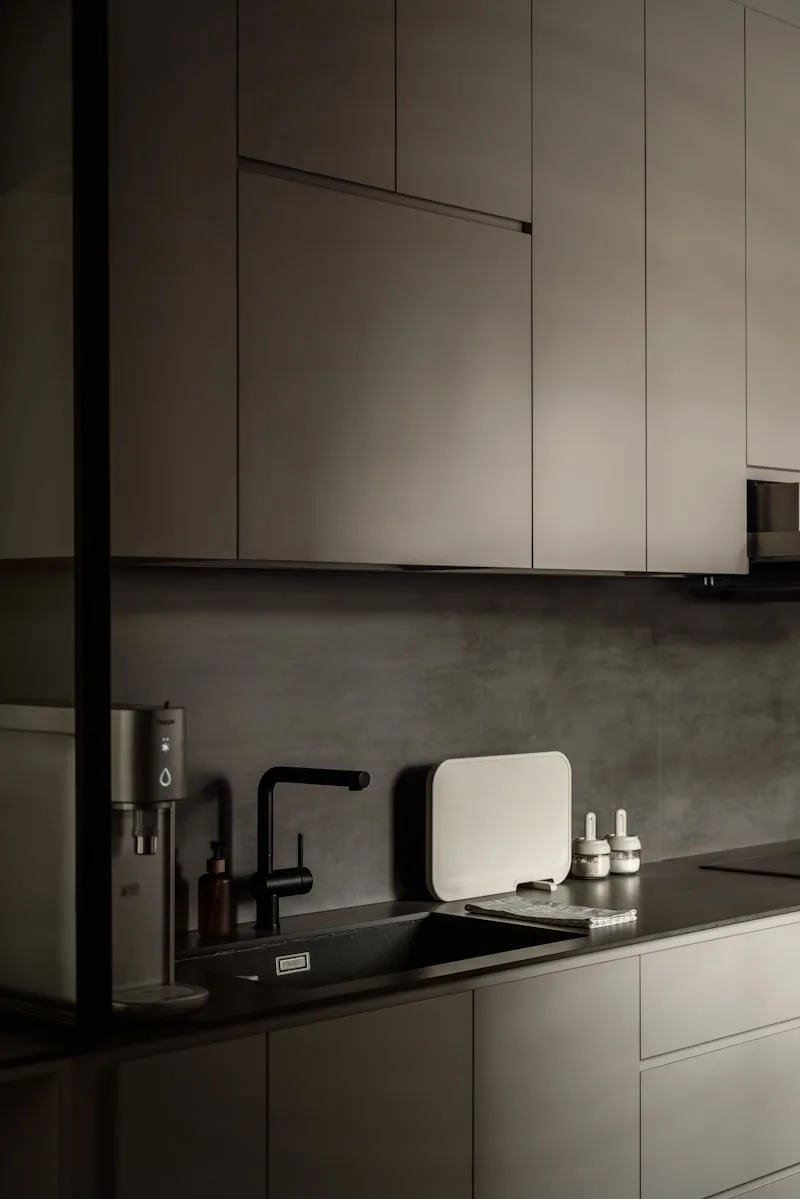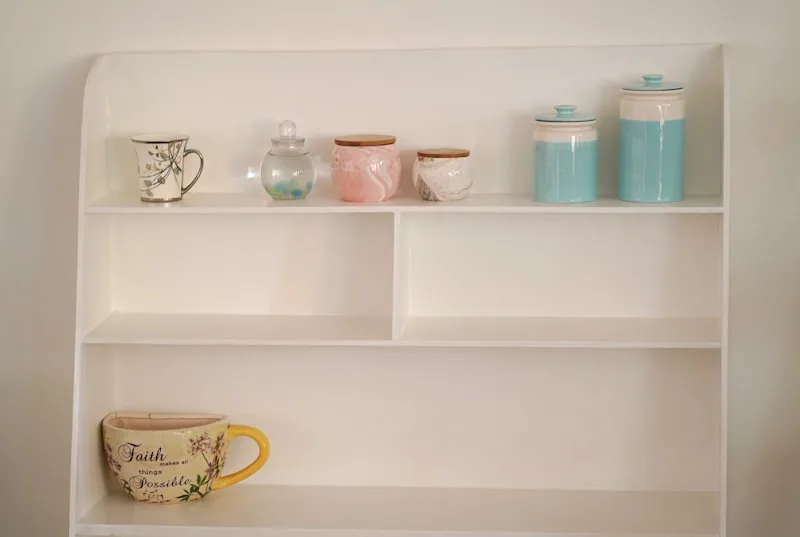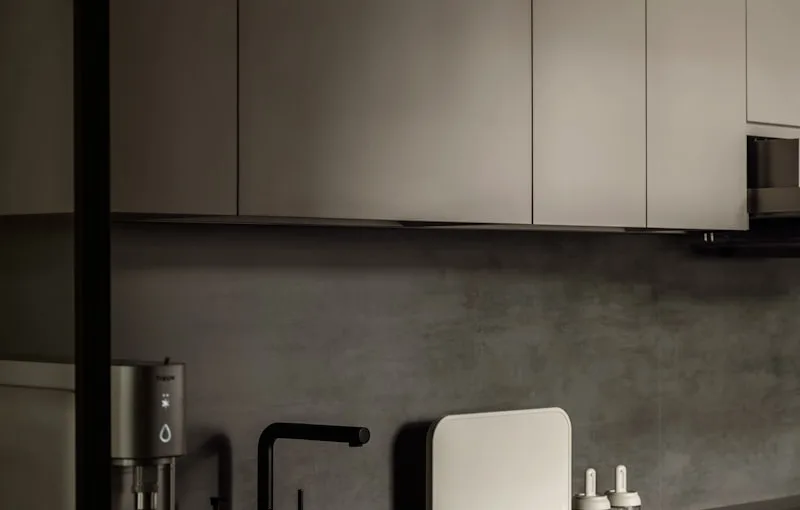
Typically, standard upper kitchen cabinets are around 30 inches tall, but that’s just the beginning. If you’re looking to maximize storage, you might find cabinets that reach up to 42 inches. Imagine having all that extra space for your favorite dishes or those fancy serving platters you only use during the holidays!
Now, let’s talk about lower cabinets. The standard height for these is usually about 34.5 inches. This height is designed to be comfortable for most people, making it easy to prep meals without straining your back. Think of it like the perfect height for a kitchen counter—just right for chopping veggies or rolling out dough.
But here’s where it gets interesting: not everyone is the same height! If you’re on the taller side, you might want to consider raising those cabinets a bit. Conversely, if you’re more petite, lowering them could make your kitchen feel more accessible. It’s all about creating a space that feels just right for you.
And let’s not forget about the space between the upper and lower cabinets. The standard distance is usually 18 inches, which gives you enough room to work without feeling cramped. It’s like the sweet spot in a relationship—close enough to feel connected, but with enough space to breathe!
Reaching New Heights: Understanding Standard Kitchen Cabinet Dimensions
So, let’s break it down. Standard base cabinets usually stand about 34.5 inches tall, which is the perfect height for most countertops. This height is like the sweet spot for cooking and prepping meals without straining your back. And when it comes to depth, you’re looking at around 24 inches. This depth is just right for accommodating your pots, pans, and all those kitchen gadgets we can’t live without.
Now, let’s talk about wall cabinets. These typically hover around 30 to 42 inches in height, depending on your ceiling height and personal preference. Think of them as the cherry on top of your kitchen design—providing both storage and style. The standard depth for wall cabinets is usually 12 inches, which keeps them out of your way while still offering ample space for dishes and spices.
But what if you have a unique kitchen layout? No worries! Custom cabinets can be tailored to fit your space perfectly. It’s like having a tailored suit—everything fits just right, and you feel fantastic. Just remember, whether you go standard or custom, keeping these dimensions in mind will help you create a kitchen that’s not only functional but also a joy to cook in.
So, as you embark on your kitchen journey, keep these dimensions in your back pocket. They’re your secret weapon for achieving that perfect blend of style and practicality.
The Perfect Fit: A Guide to Standard Kitchen Cabinet Heights for Every Home

Most standard kitchen cabinets stand around 34.5 inches tall, which is a sweet spot for most homeowners. This height allows for a comfortable working space, whether you’re chopping veggies or mixing up a cake batter. But wait, there’s more! If you’re planning to install a countertop, you’ll want to add about 1.5 inches for that, bringing the total to about 36 inches. It’s like the icing on the cake—essential for a smooth finish!
Now, if you’re on the taller side, you might be wondering if there’s a way to avoid that awkward hunch. Enter the world of custom cabinets! Many homeowners are opting for taller cabinets, often reaching 42 inches. This not only gives you a more modern look but also maximizes storage space. Think of it as upgrading from a cozy sedan to a spacious SUV—more room for all your kitchen gadgets!
And let’s not forget about the upper cabinets. Standard heights for these usually hover around 30 inches, but they can be adjusted based on your ceiling height. If you have lofty ceilings, why not take advantage? Installing cabinets that stretch all the way to the ceiling can create an illusion of grandeur, making your kitchen feel like a chef’s paradise.
So, whether you’re a culinary whiz or just love to whip up a quick meal, understanding standard kitchen cabinet heights can transform your cooking space into a functional and stylish haven. After all, a well-fitted kitchen is the heart of every home!
From Floor to Ceiling: How Standard Kitchen Cabinet Heights Impact Your Space
First off, standard cabinet heights typically range from 30 to 42 inches. If you’re on the shorter side, those towering cabinets might feel like a mountain to climb. Ever tried reaching for that elusive spice jar on the top shelf? It’s like playing a game of hide and seek! On the flip side, if you’re taller, those lower cabinets might feel like they’re squatting down, making you hunch over while cooking. Not exactly the most comfortable position, right?
Now, think about how cabinet height affects your kitchen’s overall flow. Taller cabinets can create a seamless look, making your kitchen feel more spacious. It’s like wearing vertical stripes; they elongate your figure! Plus, they offer more storage, which is a lifesaver in smaller kitchens. Who doesn’t want extra space for all those gadgets and gizmos?
But let’s not forget about aesthetics. The right cabinet height can enhance your kitchen’s style. Whether you’re going for a modern, sleek look or a rustic charm, the height of your cabinets plays a crucial role. It’s like choosing the right frame for a beautiful painting; it can either elevate or diminish the artwork.
Cabinet Confusion? Demystifying Standard Heights for Your Dream Kitchen
First off, let’s talk about the standard heights. Most upper cabinets hover around 30 to 42 inches above the floor. But why does this matter? Imagine trying to reach for that fancy spice jar you only use once a year, only to find it’s just out of reach. Frustrating, right? The sweet spot is usually 18 inches above your countertop, giving you enough space to work without feeling like you’re in a game of Twister.
Now, what about those lower cabinets? Typically, they stand at 34.5 inches tall. This height is designed for comfort, allowing you to chop, stir, and sauté without straining your back. Think of it as the Goldilocks zone—not too high, not too low, but just right for your culinary adventures.
But wait, there’s more! If you’re on the taller side, you might want to consider raising those cabinets a bit. After all, who wants to feel like a giant in a dollhouse? Conversely, if you’re on the shorter side, lowering them can make a world of difference. It’s all about creating a space that feels tailored to you.
Elevate Your Kitchen Design: The Importance of Standard Cabinet Heights
So, why should you care about standard cabinet heights? Well, think of your kitchen as a stage where you perform your culinary masterpieces. If the cabinets are too high, you might find yourself doing an awkward dance on your tiptoes, reaching for ingredients. On the flip side, if they’re too low, you could be bending over more than you’d like, which can be a real backbreaker over time.
Standard heights, typically around 30 inches for base cabinets and 36 inches for wall cabinets, are designed with the average person in mind. This means they’re not just numbers; they’re a thoughtful consideration of comfort and functionality. Picture this: you’re whipping up a delicious meal, and everything you need is within arm’s reach. No more stretching or straining—just pure kitchen bliss.
Moreover, adhering to these standard heights can also enhance the overall aesthetic of your kitchen. It creates a balanced look, making the space feel cohesive and inviting. Think of it as the foundation of a beautiful home; if the base is off, everything else can feel a bit wonky.
Standard Kitchen Cabinet Heights: Finding the Right Balance Between Style and Function
Imagine you’re cooking up a storm, and you can’t reach that spice jar because your cabinets are too high. Frustrating, right? On the flip side, if they’re too low, you might feel like you’re in a dollhouse. The key is to balance style and function. If you have high ceilings, going for taller cabinets can create a stunning visual effect, drawing the eye upward and making the space feel grand. But if you’re on the shorter side, you might want to keep things more accessible.
Also, consider your appliances. If you’ve got a microwave or a coffee maker, you don’t want to be doing acrobatics just to grab your morning brew. Think about how you use your kitchen daily. Are you a baker who needs easy access to flour and sugar? Or maybe you’re a minimalist who prefers sleek lines and open spaces. Whatever your style, the height of your cabinets should reflect your lifestyle. So, as you plan your kitchen, remember: it’s all about creating a space that feels just right for you.
Height Matters: How to Choose the Right Kitchen Cabinet Dimensions for Your Needs
First off, think about your own height and the height of the people who will be using the kitchen. If you’re on the taller side, you might want cabinets that stretch a bit higher, giving you easy access to everything without the need for a step stool. On the flip side, if you’re more on the petite side, lower cabinets can save you from awkward stretches and potential spills.
Next, consider the overall layout of your kitchen. Are you working with a cozy galley style or a spacious open concept? In a smaller kitchen, taller cabinets can draw the eye upward, creating an illusion of more space. It’s like wearing vertical stripes; they can make you look taller and leaner! But in a larger kitchen, you might want to balance things out with shorter cabinets to avoid overwhelming the space.
Don’t forget about functionality! Think about what you’ll be storing. If you have a collection of large pots and pans, you’ll need deeper cabinets. If you’re more of a minimalist, shallow cabinets might do the trick. And let’s not overlook the importance of counter height. You want your cabinets to complement your countertops, creating a seamless flow that makes cooking feel like a breeze.
So, as you dive into the world of kitchen cabinets, remember: height isn’t just a number; it’s about creating a space that works for you.
Frequently Asked Questions
What is the standard height for kitchen cabinets?
The typical height for kitchen cabinets is 34.5 inches for base cabinets and 30 inches for wall cabinets, allowing for a comfortable working space and optimal storage. Adjustments may be made based on individual needs and kitchen design.
Can I customize the height of my kitchen cabinets?
Yes, kitchen cabinets can be customized to fit your desired height. This allows for better ergonomics and maximizes storage space. Consult with a cabinet manufacturer or designer to explore options that suit your kitchen layout and personal preferences.
How do I choose the right cabinet height for my kitchen?
To select the appropriate cabinet height for your kitchen, consider the ceiling height, your personal height, and the overall kitchen design. Standard upper cabinets are typically 30 to 42 inches tall, while lower cabinets are usually 34.5 inches. Ensure that the height allows for comfortable access to items and complements the kitchen’s functionality and aesthetics.
Are there different heights for upper and lower kitchen cabinets?
Kitchen cabinets come in various heights to accommodate different needs and preferences. Upper cabinets are typically installed higher than lower cabinets, allowing for easier access to frequently used items while maximizing storage space. Standard upper cabinet heights range from 30 to 42 inches, while lower cabinets are usually around 34.5 inches tall. Custom options are also available to suit individual kitchen designs.
What factors affect kitchen cabinet height?
Kitchen cabinet height is influenced by several factors including ceiling height, user ergonomics, cabinet design, and the intended use of the space. Standard heights typically range from 30 to 36 inches for base cabinets, while wall cabinets can vary based on personal preference and functionality. Consideration of appliances, countertop space, and overall kitchen layout also plays a crucial role in determining the optimal height.
